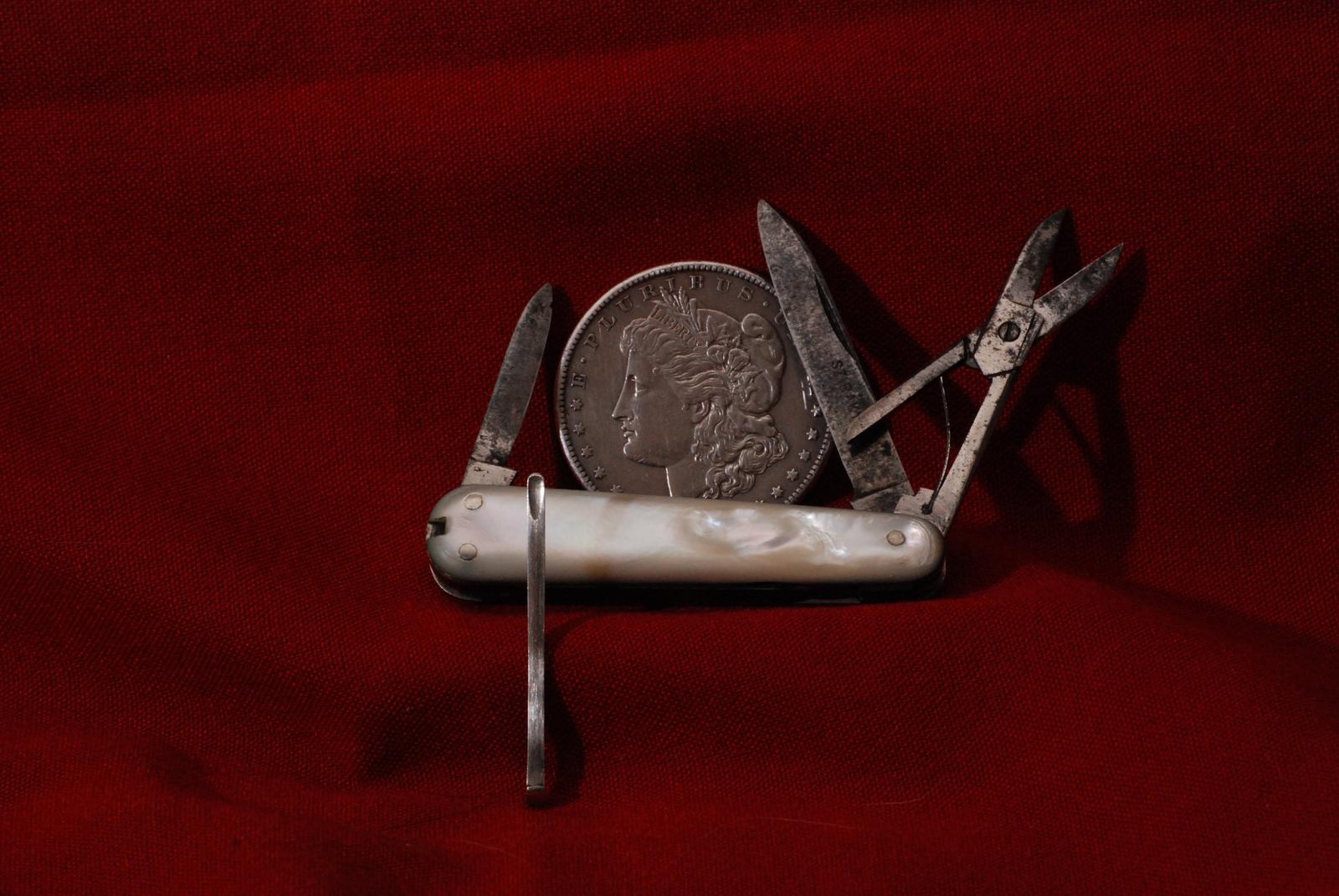I like many modern styles AND traditionals. I think it's funny when so many modern knife adherents criticize traditionals, and traditional knife adherents criticize modern designs. Each side has those who say that all anybody needs is a knife from the category they like; and that nobody really needs the 'other' style (the category they themselves don't like).
Meanwhile, most of the rest of humanity thinks that NOBODY needs to carry a knife of any type.
People in the past accomplished plenty of daily hard work without any "super steels" and foolproof locking mechanisms. As well, there are many modern folders that have superb blade/edge geometry that also work very well.
As far as multi-bladed pocketknives, I prefer SAKs over a stockman, peanut, 2-blade pen, or other knife blade-only pattern, as there is so much more versatility. Though I do consider most SAKs to be traditional patterns.
Funny enough, before too long, knives like the Spyderco Delica/Endurance/Police, etc., the CRK Sebenza, etc., will be considered 'traditional'. The same as the Buck 110 now being considered 'traditional'.
Jim

